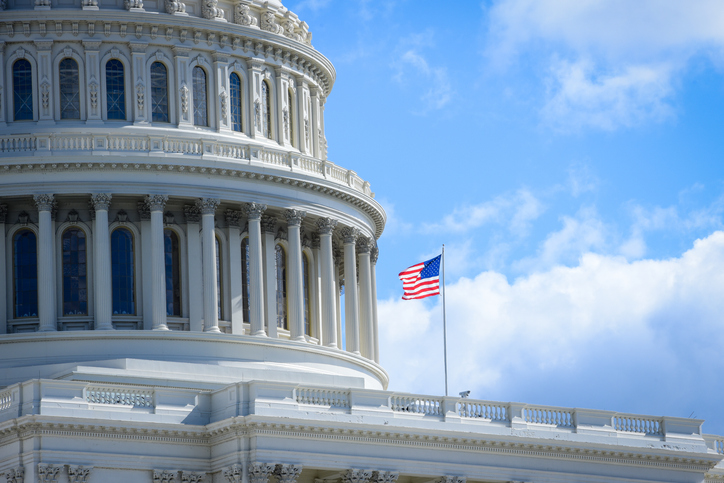
Related Resources
Explore how federal policies shape California’s budget, economy, and vital programs — and how state leaders can respond to protect and support Californians.
-
Commentary
Senate Budget Plan Cuts Health Care, Food Assistance & Fuels Harm
Federal Policy -
Fact Sheet
Policymakers’ Inaction Will Force Thousands of Formerly Unhoused Californians to Lose Their Homes
Federal PolicyHousing & Homelessness -
Issue Brief
Human Impact: Federal Proposals Would Cause Widespread Harm
Federal PolicyHealth & Safety Net -
Report
Reconciliation Bill Passed by House Republicans Would be Devastating for Californians
Federal Policy -
Fact Sheet
People With Disabilities Face Great Harm from Federal and State Budget Cuts
Federal PolicyHealth & Safety Net -
Report
Equity on the Line: The Dangerous Cost of Cutting Support for Black Women
Federal PolicyPoverty & Inequality
Partner Resources
- Center on Budget and Policy Priorities
- California Association of Food Banks
- California Health Care Foundation
- Economic Policy Institute
- Health Access
- Institute on Taxation and Economic Policy
- UC Berkeley Labor Center
- Urban Institute
Stay in the know.
Join our email list!



